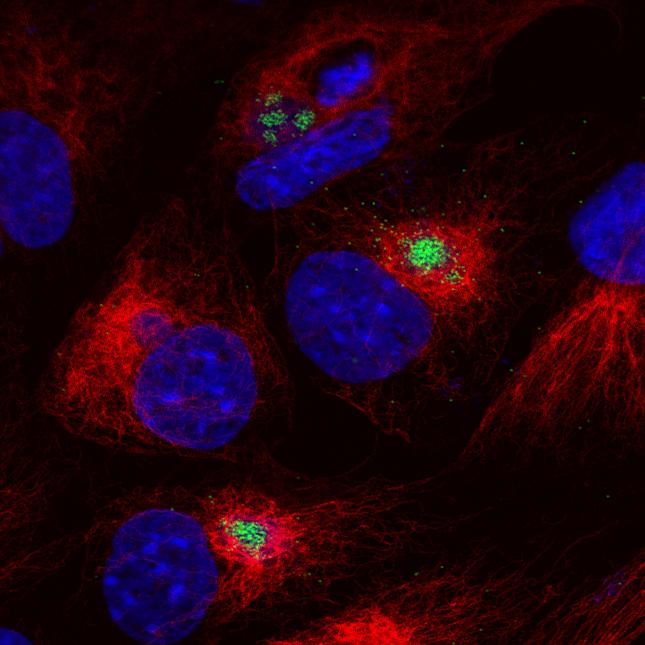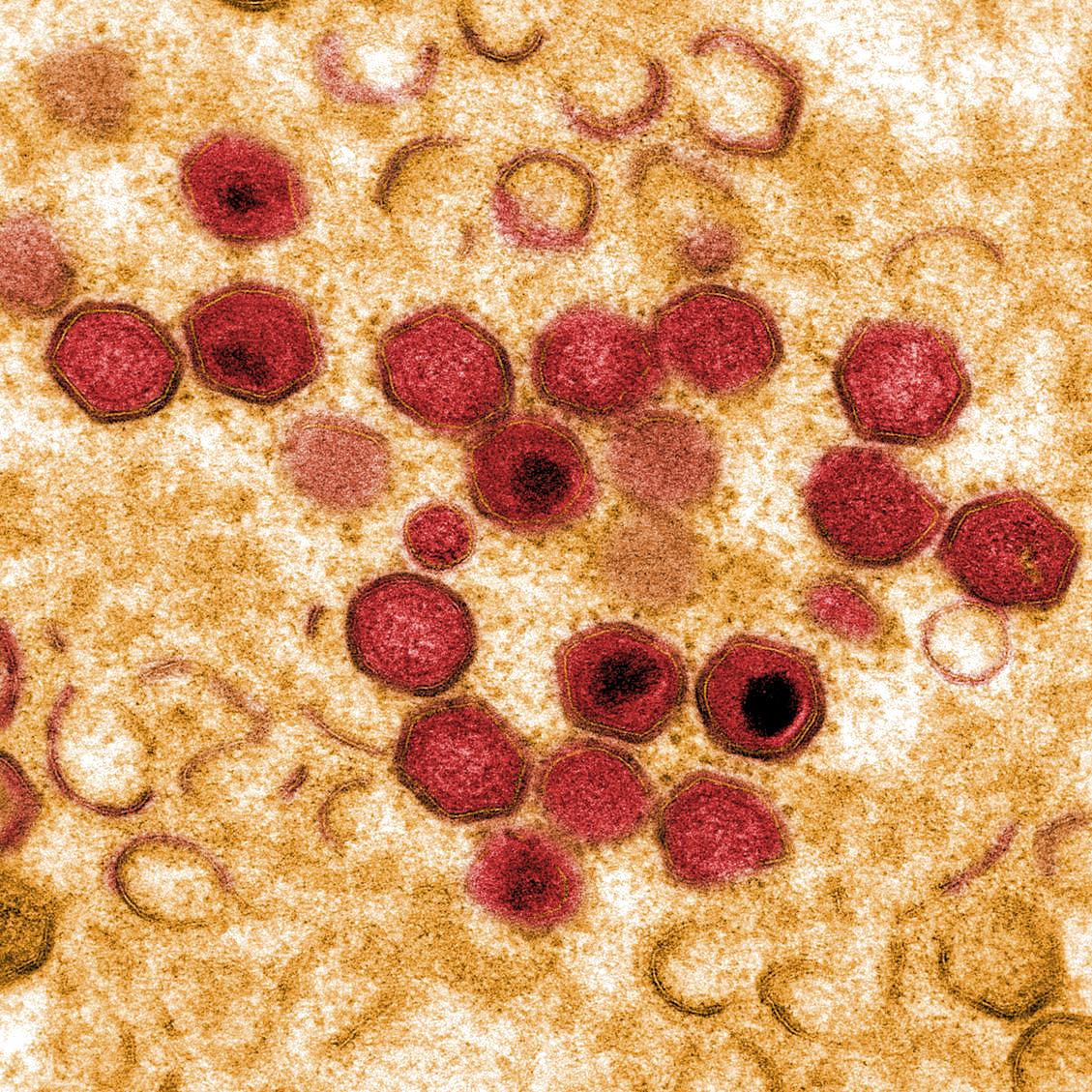Evaluation of protection induced by immunisation of domestic pigs with deletion mutant African swine fever virus Benin∆MGF by different doses and routes
A live attenuated African swine fever virus (ASFV) vaccine candidate, produced by deletion of several genes belonging to multi-gene families MGF360 and 505 from virulent Benin 97/1 strain (BeninΔMGF), induces protection in pigs against parental virulent strain. In order to better define the safety and efficacy of this attenuated vaccine candidate and to understand protective mechanisms, we extended previous studies by intramuscular immunisation of pigs with the deletion mutant BeninΔMFG at different doses (102, 103, 104 TCID50), together with intranasal immunisation at the 103 dose. Results demonstrated a strong correlation between both doses and routes of immunisation of BeninΔMFG and the percentage of protection achieved, the onset of clinical signs, the viremia levels reached and the onset of death in non-protected pigs. The results show that the intramuscular route using high doses (104 TCID50) is the best option for immunisation. Only transient increase in temperature associated with a peak of virus genome levels was observed in most pigs after immunisation. Then, virus genome levels progressively decreased throughout the experiment until reaching low or undetectable levels in those protected pigs that survived after challenge. The IgM antibody responses following immunisation were detected between day 710 post-immunisation and remained at elevated levels for 1018 days in most pigs before dropping. IgG was detected from day 15 to 21 post-immunisation and maintained at increased levels for the remainder of the experiment in most pigs. Induction of IFNγ and IL-10 was detected by ELISA in sera from some pigs immunised with 103 TCID50 by intramuscular or intranasal route at early times post-immunisation. IL-10 was also detected in serum from some non-protected pigs included in these groups after challenge.

